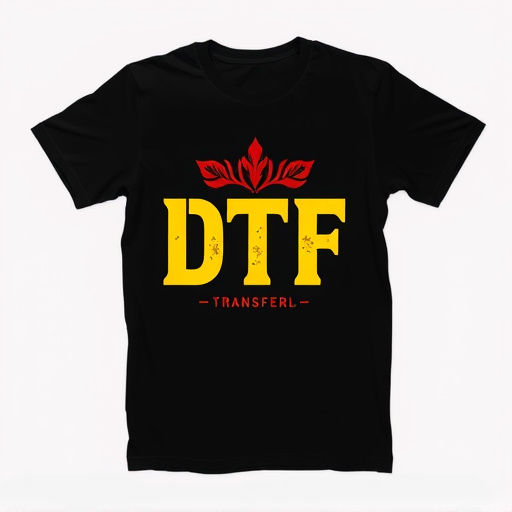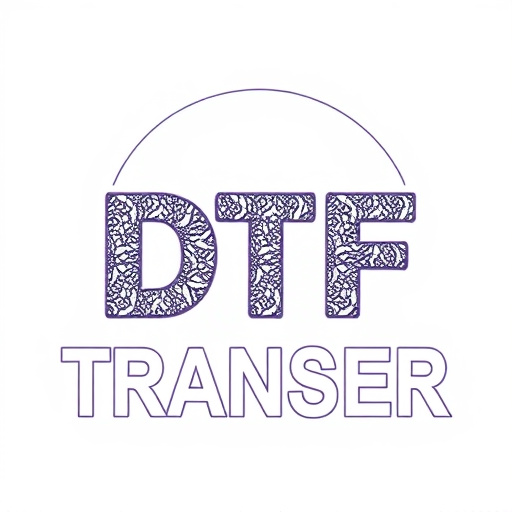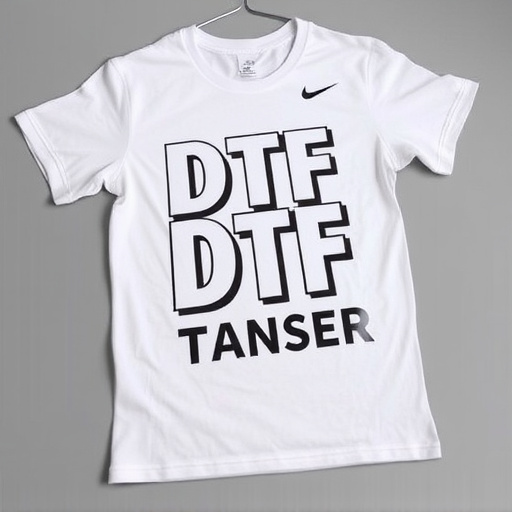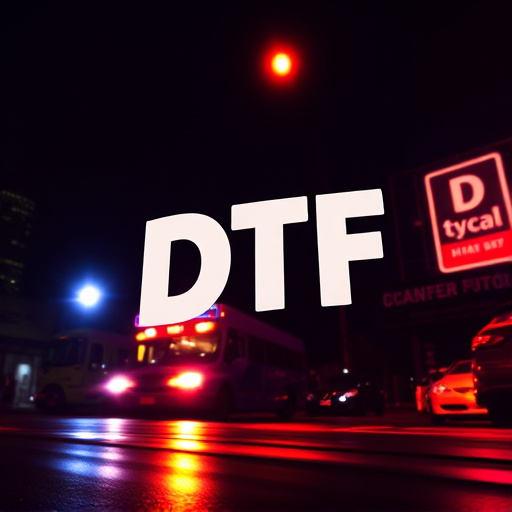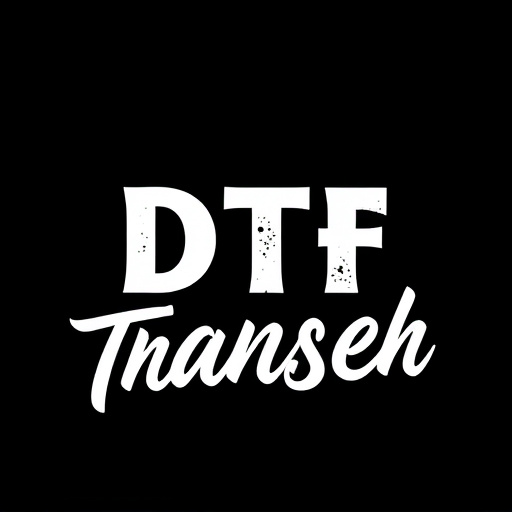Direct-To-Film (DTF) technology is transforming printing services by enabling efficient, high-quality printing directly onto textiles and plastics. With its ability to skip intermediate steps, DTF reduces production times, waste, and costs, making it ideal for urgent orders and diverse applications. Choosing the right supplier is crucial, focusing on material sustainability, transfer quality, and customer reviews. Implementing DTF can enhance print service provider capabilities, attract cutting-edge clients, and thrive in a market demanding high-quality, on-demand printing solutions. The future of DTF looks promising with advancements driving better prints and expanding market opportunities.
“Unleash the potential of your printing service with wholesale direct-to-film (DTF) transfers—a game-changer in the industry. This comprehensive guide explores the world of DTF technology and its benefits for service providers. From understanding the fundamentals of DTF and its role in modern printing to uncovering the advantages of bulk DTF transfers, this article is your navigation through this innovative process. We’ll also delve into supplier selection, implementation tips, and future trends shaping the DTF market, ensuring you stay ahead in the print industry.”
- Understanding Direct-To-Film Transfers (DTF) and Their Benefits
- The Role of DTF in the Printing Service Industry
- Advantages of Wholesale DTF Transfers for Service Providers
- Choosing the Right DTF Transfer Supplier
- Implementing DTF Printing: Tips and Best Practices
- Future Trends in DTF Technology and Market Outlook
Understanding Direct-To-Film Transfers (DTF) and Their Benefits

Direct-To-Film (DTF) transfers are a cutting-edge printing technology that allows for high-quality image reproduction directly onto various materials, such as textiles and plastics. This innovative process bypasses traditional intermediate steps, enabling printing service providers to achieve exceptional results with remarkable efficiency. By using advanced equipment and specialized inks, DTF transfers create vibrant, durable prints that are suitable for a wide range of applications, from custom apparel to promotional items.
One of the key benefits of DTF Printing is its versatility. It offers unparalleled detail reproduction, vivid color accuracy, and excellent longevity, ensuring that prints maintain their quality even under harsh conditions. Moreover, DTF Transfers streamline production workflows, reducing turnaround times and allowing businesses to cater to urgent orders efficiently. This technology’s precision and speed make it an attractive option for service providers looking to enhance their offerings and stay competitive in the market.
The Role of DTF in the Printing Service Industry

Direct-to-film (DTF) transfers have emerged as a game-changer in the printing service industry. This innovative technology allows for precise and efficient printing directly onto various materials, from vinyl to fabric and more. By eliminating the need for intermediate steps like cutting or plotting, DTF offers faster production times and reduced waste, making it an attractive option for both small and large-scale printing projects.
With its ability to produce high-quality, vibrant DTF prints, this method has revolutionized custom printing. It enables service providers to cater to a wide range of client needs, from vehicle graphics and signage to apparel design. The versatility of DTF transfers ensures that printing businesses can diversify their offerings, stay competitive, and meet the evolving demands of their customers in today’s dynamic market.
Advantages of Wholesale DTF Transfers for Service Providers
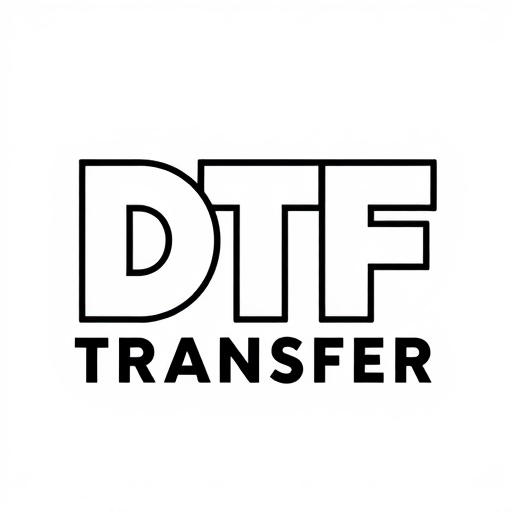
Wholesale direct-to-film (DTF) transfers offer a multitude of advantages for printing service providers. One of the key benefits is their efficiency; DTF technology allows for fast and precise printing directly onto various materials, such as textiles, plastics, and metals. This streamlines production processes, reducing turnaround times significantly compared to traditional methods.
Additionally, DTF transfers provide superior print quality, ensuring vibrant colors and sharp details in each DTF print. The direct application of ink onto the surface eliminates the need for intermediate steps, resulting in a more cost-effective and environmentally friendly process. This technology is particularly appealing for service providers catering to on-demand printing requests, as it enables them to meet tight deadlines while maintaining high-quality standards.
Choosing the Right DTF Transfer Supplier
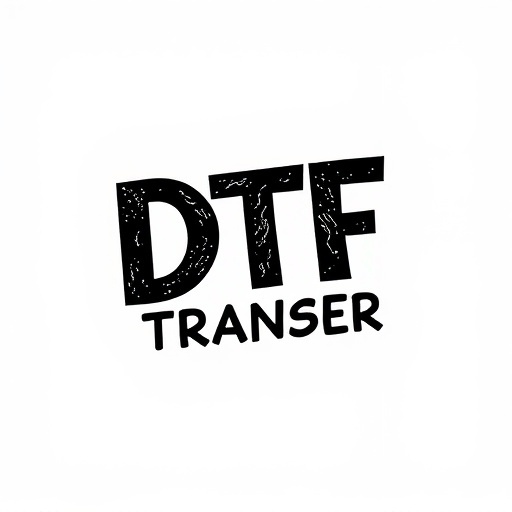
When considering a supplier for wholesale direct-to-film (DTF) transfers, printing service providers should conduct thorough research to ensure they partner with a reliable and high-quality source. Not all DTF transfers are created equal; each supplier may offer different materials, technologies, and pricing models. Look for a provider that specializes in DTF Printing and has an established track record of delivering consistent, vibrant, and long-lasting prints.
Specific factors to consider include the type of materials used (e.g., eco-friendly options), the technology behind the transfer process, and the supplier’s ability to accommodate bulk orders efficiently. Additionally, checking customer reviews and case studies can provide valuable insights into the quality of their DTF prints and how well they meet client expectations. Ultimately, choosing the right DTF Transfer supplier will enable printing service providers to offer top-tier services, ensuring satisfied customers and fostering long-term business relationships.
Implementing DTF Printing: Tips and Best Practices
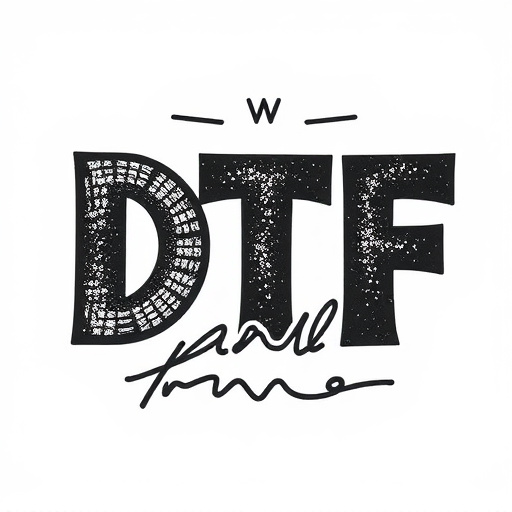
Implementing Direct-to-Film (DTF) printing can significantly enhance your printing service provider’s capabilities and attract a new clientele interested in cutting-edge, high-quality prints. When adopting DTF technology, there are several best practices to keep in mind for optimal results. Firstly, invest in high-quality DTF transfers specifically designed for film printing. Cheaper alternatives may not produce the crisp, vibrant prints your customers expect. Ensure your printers are calibrated correctly and regularly maintained to avoid streaks or blotches in your DTF prints.
Additionally, consider the type of ink and coating you use. Different films require specific inks to achieve the best adhesion and color accuracy. Using a variety of film types allows you to cater to diverse customer needs—from photo printing to promotional materials. Remember that proper preparation of the film surface is crucial; clean it thoroughly before applying the DTF transfer to prevent air bubbles or print imperfections. Regular cleaning of your equipment after each use also ensures consistent, high-quality DTF prints over time.
Future Trends in DTF Technology and Market Outlook
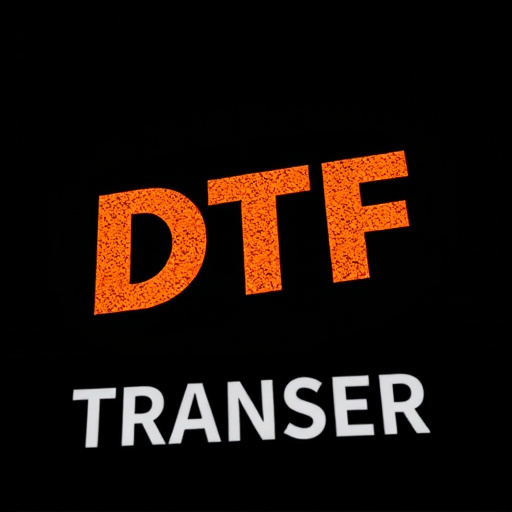
The future of direct-to-film (DTF) technology looks bright, with continuous innovations pushing the boundaries of what’s possible in printing. One of the prominent trends is the integration of advanced materials and ink formulations, leading to higher print quality, enhanced durability, and expanded color gamuts. This evolution promises to deliver more vibrant and long-lasting DTF prints, appealing to a wider range of applications.
Market outlook for DTF technology is equally promising, driven by the growing demand for high-quality, on-demand printing solutions. The rise of custom apparel, signage, and promotional products markets has created a significant need for efficient and cost-effective printing methods. As DTF transfers continue to improve, they are poised to play a pivotal role in fulfilling this demand, offering print service providers (PSPs) a versatile and competitive edge in the market.








